Our world is becoming increasingly digital. Technology is integrated into all aspects of our lives and has transformed how we engage in most of our activities – work, play, communication, entertainment, shopping, recording, and creating of all kinds. How is this daily, hourly use of digital technology affecting us and our children?
Leah Kalish of Move with Me Yoga Adventures shares her insights in this guest post.
First, it’s inundating us.
According to an article by Susan Karlin, The amount of information that an average person is exposed to in a day is the same as a person from the 15th century was exposed to in his lifetime. Today, people consume and average of 12 hours of media (using Internet and TV simultaneously counts as two hours). In 1960, the median was 5 five hours. It’s too much to process. Technology makes so many tasks so much faster that many people report that they do more and more and more … faster… until they feel either, addicted and disconnected from real life, or exhausted and overwhelmed, unable to keep up.
Second, it’s altering us.
Scientists can track that video games and interactive multimedia experiences induce, engage, and influence the mind. Affecting the mind alters our physiological state, which also alters our thinking and perception. Despite the advice of the American Association of Pediatrics to limit children to only one to two hours of “screen time” per day – a limit that includes television, movies, video games, and internet, many parents admit that their children spend much more time “plugged in”, mostly because gaming is their favorite activity.
Video game use has a more powerful and negative effect on the body’s whole nervous system. Our bodies react to the games as though they are real. Blood pressure increases, heart rate rises, along with the subsequent release of adrenaline and cortisol, associated with chronic stress, which has been shown to decrease memory, interrupt clear thinking, and suppress the immune system. In extreme cases, where video games are played for more than 2 hours, players can actually develop “video game brain”, a syndrome that essentially turns off the frontal cortex activity, even when the game is no longer being played.
In his research article, “Video Games Affect the Brain—for Better and Worse”, Douglas Gentile, warned that: “Games are natural teachers. They do many of the same things that an excellent teacher does. And that kind of teaching ability has a lot of power. We need to treat that power with respect, to both maximize the benefits and minimize the harms. Limiting both the amount and the content is the best way we have to do that right now.”
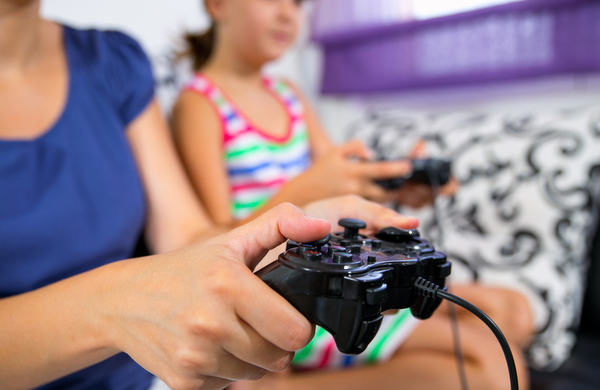
Third, it’s distracting us.
Technology also breeds multi-tasking, which it turns out, is more stressful on the brain and nervous system than focusing. A study at the University of California, Irvine found that people interrupted by e-mail reported significantly increased stress compared with those left to focus. Clifford Nass, a communications professor at Stanford writes, “We’ve got a large and growing group of people who think the slightest hint that something interesting might be going on is like catnip. They can’t ignore it.”
Technology, with its lure of constant connection to new information and events, seems to be intensifying the conflict between our lower, survival brain that processes sight and sound and our higher, big picture, planning brain that focuses and sets priorities. In the past, the lower-brain functions alerted us to danger, like a nearby lion, and thus, rightly overrode the immediate goal of building a hut. In the modern world, however, where survival is not an issue, the chime of incoming e-mail can lure In the modern world, however, where survival is not an issue, the chime of incoming e-mail can lure most of us away from our focus on the present – be it writing a business plan or playing catch with the kids. The constant distraction of digital stimulation, though stressful for adults, can cause attention problems for children whose brains are still developing and need to strengthen executive function by practicing being thoughtful, setting priorities and resisting impulses.
Fourth, it’s taking away from personal relationships, diminishing our connection and empathy.
Dr. Gary Small, neurophysiologist, researcher and author of iBrain: Technological Alteration of the Modern Mind reports that our use of computers has and is causing rapid and profound changes in our brain neurochemistry. MRIs of brain activity of people using technology show that initial use of interactive digital technology lights up the brain, however, when that activity becomes prolonged or rote, there is less and less frontal cortex activity and greater use of other areas of the brain associated with impulsivity and lack of empathy.
Time with technology, means time not with others – your friends, family, loved ones. And we all know how that feels – when your husband, wife, friend, brings the phone to the table or leaves the TV on when you’re talking. Yet, the #1 factor in health and well-being is relationship. Statistics show that when you feel connected and give to others, you are happier and healthier.
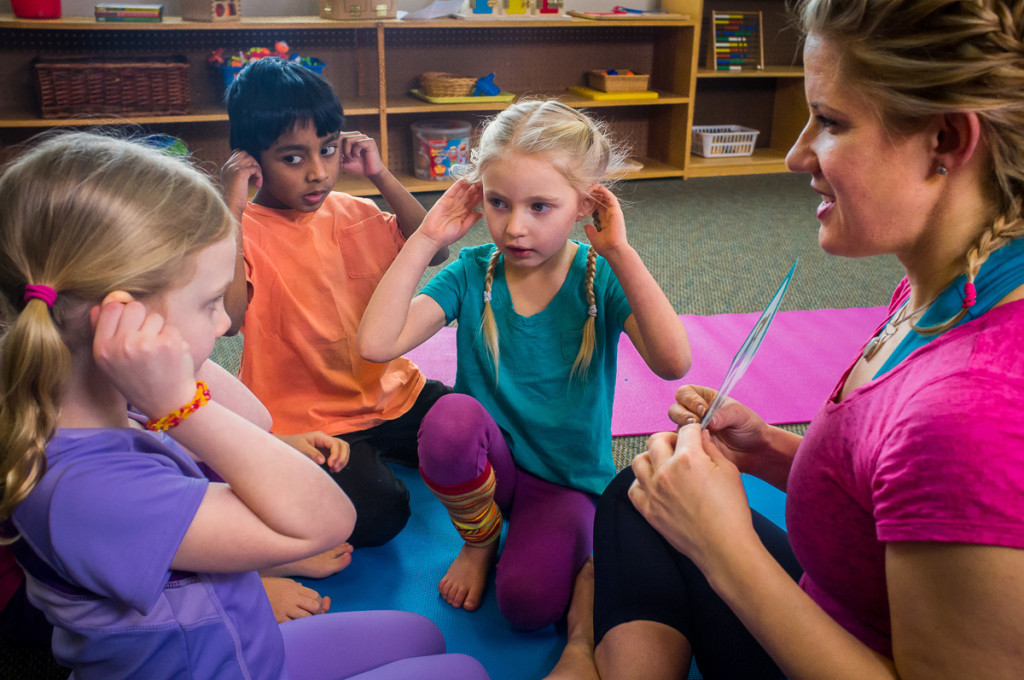
Children need many hours a day of face time, support, and mirroring, as well as active rough and tumble play to achieve not only motor and sensory milestones, but also socialization skills. Ideally, children are interacting with caring adults a majority of their day and with technology only a small portion. So, while technology is not going away and has many positive uses in our homes, workplaces, and educational systems, it needs to be balanced with activities that nurture physical contact, connection, sensory exploration, and creativity.
Finding a Balance
Helping kids develop strategies for self-regulation is a necessary balance to technology. Why? Because an imbalanced state translates to diminished learning and distracted behavior. A good self-regulator, however, translates to attention to tasks, persistence when challenged, flexible problem-solving, and confidence that additional effort will lead to positive outcomes (Schunk, 2005).
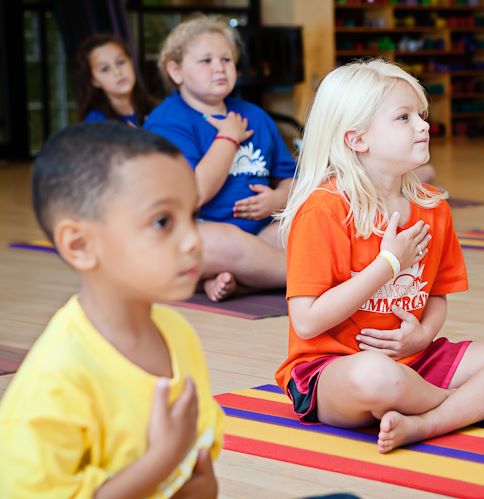
The upcoming Movement & Mindfulness Curriculum Certification in Arlington, Monday and Tuesday, November 16-17 will offer parents and educators a range of award-winning resources, lessons, and activities that nurture bonding playtime, healthy yoga-based exercise, strong self-regulation skills, and social-emotional resilience at home and at school.

Participants will learn how to transform story books into creative movement, how to use Adventure Skill Flash Cards to manage emotions and build executive function, and how to integrate Yoga Adventures, Mindfulness Exercises, Cooperative Games, and Outside Explorations into kids’ daily lives to both balance the impact of digital media and technology AND fulfill early learning and common core standards.
Register online!
Invite others to learn about the training via the on Facebook Event link.

Leah Kalish is a founder and recognized expert in the yoga and self-regulation education movement, known for co-creating the first successful Pre-K–High School Yoga Curricula and Professional Development Trainings for yoga, PE, and classroom teachers. She delivers movement and mindfulness resources and training to early learning professionals and parents that integrate stories, yoga/creative movement, and self-regulation to enhance physical fitness, learning readiness, and emotional stability. Leah will be speaking at the National Kids Yoga Conference, November 13-15 at George Washington University School of Public Health.
Move with Me Yoga Adventures is generously donating a giveaway for a “Scooter & Me” Bundle, valued at $145.
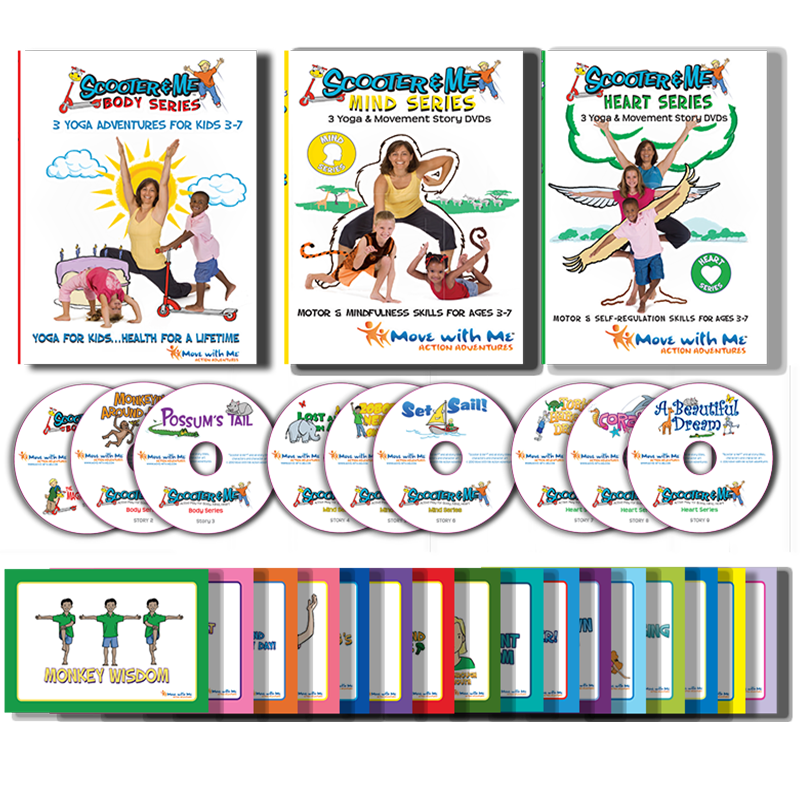
The bundle includes:
- 9 Yoga/Movement Story DVDs
- 16 Adventure Skill Flash Cards
- Adventure Skills Poster download (PDF)
- P/T Guide download (PDF)
- Activity Page downloads (PDF)
“Used together – the videos, cards and poster – offer affordable, easy-to-implement PE and SEL enrichment that help you cultivate higher order thinking and executive function.”
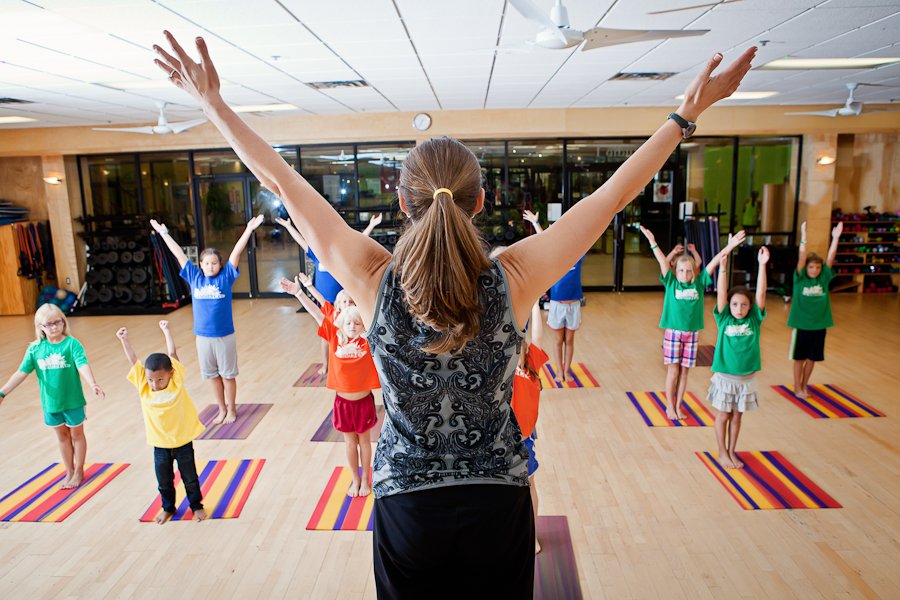

In this bustling world full of lots of activities, I find it challenging to take the time to come to a place of mindfulness or to work with my (now 3) children to become more mindful. I think the first step is intent – and we do have the intent to go into nature more to shut out some of the many distractions in our lives. We all also enjoy doing yoga together – though not often enough. I think this collection of dvds/activities would enable us to more readily cultivate some of this mindfulness at home! :)
In this bustling work it’s a challenge to cultivate mindfulness or for coming to a place of mindfulness with my (now 3) children. I think the first step is intent – and we do have the desire and intention of going out into nature more frequently to get away from all the distractions of our daily lives. We also all enjoy doing yoga together but don’t do it often enough. This collection of dvds & activities would provide us a readily available opportunity to cultivate mindfulness together at home! :)
I found this was much easier when my children were young. Now that I have teens it is so much more difficult. Being a parent in 2015 is hard work and there are so many challenges!